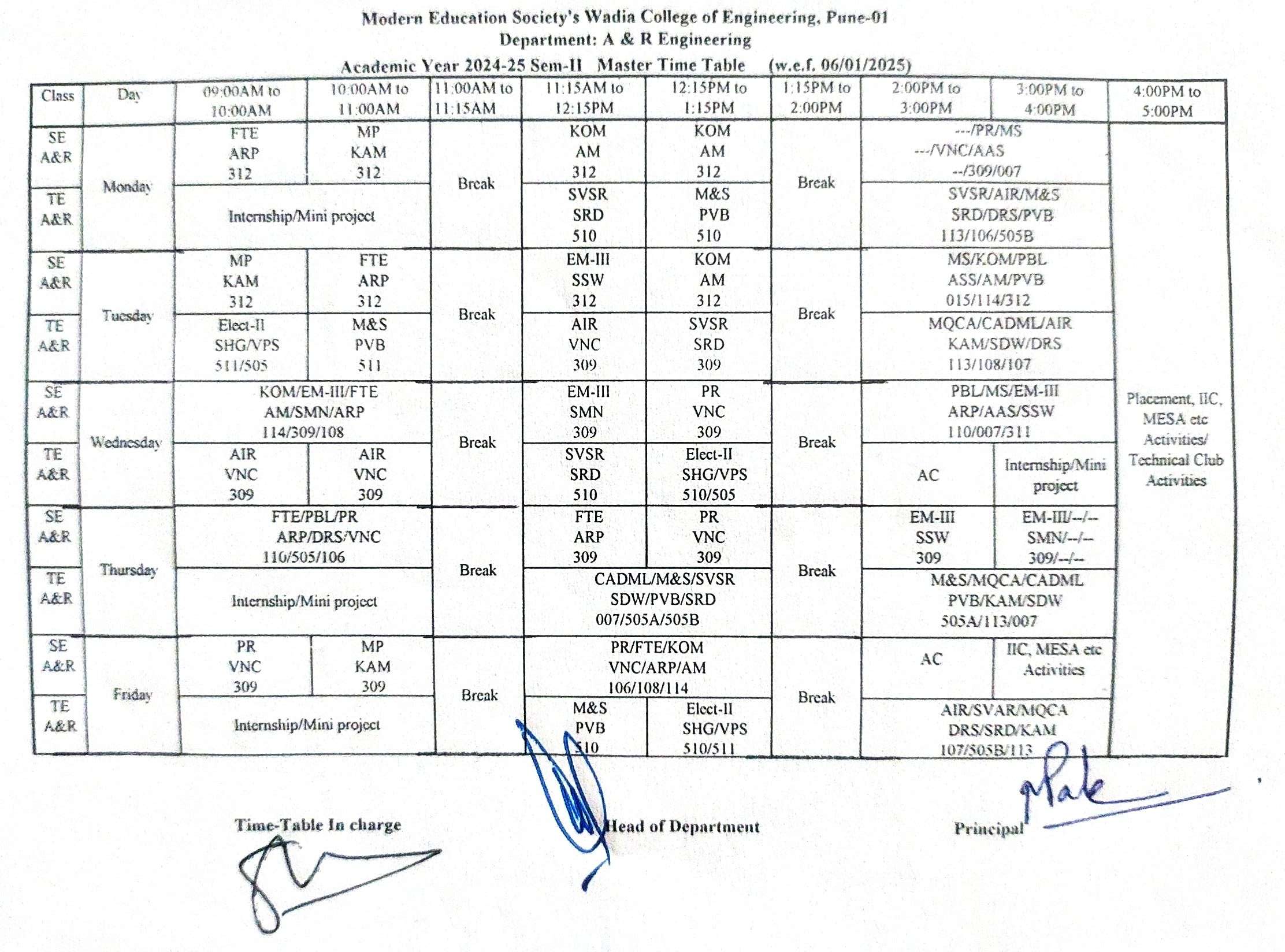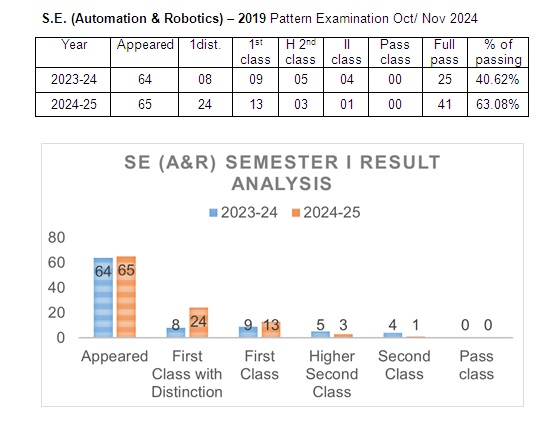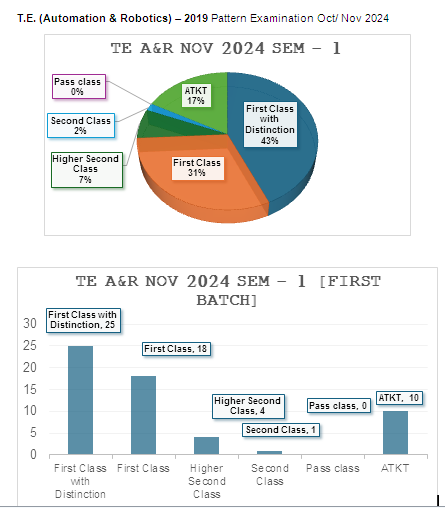In the 50 years since George Devol and Joseph Engelberger put the first robot on the factory floor of General Motors in 1961, robots have found their way into surgical rooms, scientific laboratories, battlefields, search and rescue situations, Mars exploration, drones, and even our homes as vacuum cleaners, toys, and security guards. Today, governments, corporations, and scientists envision robotics as a major component of technological, economic, and social development in the 21st century. Rodney Brooks, an Australian scientist, suggests that a ‘Robotics Revolution’ is imminent, while Bill Gates predicts that many households will have one or more robots, perhaps a driverless car, several cleaning robots, and an educational or entertainment robot. Meanwhile, the Japanese government is supporting the development of ‘partner robots’ as a key growth industry. Robotics will usher humanity into what scientists call ‘The Age of Abundance.’
In recognition of the technological advances and increasing social relevance of robotics, we are examining how the field has developed so far. We aim to develop an understanding of robotics as a field of scientific study and technological practice, taking into account both individual experiences and broader system dynamics that have shaped it. We use interviews, online surveys, and documents produced in the field to identify the individuals, institutions, events, and ideas that have significantly influenced the developmental trajectory of robotics and to better understand how its scientific goals, practices, societal applications, and perceptions have changed through the years.
As writing a history of robotics is a very large project, our immediate goal is to take the initial steps in instigating academic discussion on the history of robotics, developing a framework for collecting video, audio, photographic, and archival data on the subject, and bringing it to public awareness via an online archive. The 50th year anniversary of the application of robotics in society is an opportune moment to call attention to robotics as an important subject within the history of computing, as well as to ensure that information about the first half-century of the field is not lost.
The department was recently established by the Institute in the academic year 2022-23 with a UG program, i.e., B.E. (Automation & Robotics), with an intake capacity of 60.
The growth of robotics has been tremendously high in recent years, and the next few years are expected to witness stupendous advancements in robotics and automation technology, especially with the advent of Industry 4.0. As a result of this paradigm shift in trending technology, Automation & Robotics has become one of the top career choices among aspirants.
B.E. Automation & Robotics is an interdisciplinary branch that blends various fields of engineering, including Mechanical, Electronics, Computer Science, Sensors and Instrumentation, Industrial Automation, Artificial Intelligence and Machine Learning, Nanotechnology, Bioengineering, Machine Vision, and many more. This UG program enriches students with knowledge related to the design, construction, operation, and applications of robots, as well as the techniques of industrial automation.
B.E. Automation & Robotics has rapidly gained momentum owing to the increasing demand for robotics and automation engineers. The department has several state-of-the-art labs that aim to inculcate a desire for practical exposure, research, and innovation. The curriculum of this program is thoughtfully curated to meet current industry requirements based on inputs from industry experts and academicians in the relevant domains. The curriculum equips students on par with industry standards and fosters an innovative attitude that also encourages them to become entrepreneurs. The department has tie-ups with various industries and is actively working to collaborate with many more relevant industries and research organisations to provide students with a platform to be exposed to the latest trends in robotics and automation.
The department has a well-qualified, devoted, and experienced faculty with Ph.D. qualifications. It is well-equipped with state-of-the-art equipment and laboratories, including the Robotics Lab, Hydraulics & Pneumatics Lab, Automation Lab, Computer-Aided Manufacturing Lab, and Programming Lab, with excellent computational facilities, including professional software packages such as MATLAB, SolidWorks, and robot simulators. The workshop lab is also well-equipped with state-of-the-art machines, including CNC, 3D printing, and other industry-grade machines.
This unique program is tailored to prepare quality Robotics and Automation engineers for various application segments such as manufacturing, defence, food, aerospace, medicine, and other services.
To excel in the Automation & Robotics field through continuous research, innovation and an industry-oriented curriculum leading to Motivated, Environ-friendly, Self-esteemed, Creative and Oriented Engineering professionals.

Department of Automation and Robotics Engineering is established to meet the growing demand for trained engineers in the field of Robotics and industrial Automation. It’s an interdisciplinary discipline requires sound knowledge about industrial hardware and software and their applications. In 2020, India have 3 robots per 10,000 people against 166 robots in developed countries and projected growth at the rate of 46% annually.
To match with this requirements, India requires highly trained professional in the automation and robotics domain. The department is supported by well-qualified, devoted and experienced faculty having rich experience in both industry and academic domain.
| Sr. No. | Name | Designation | Profile Link |
|---|---|---|---|
| 1 | Dr. V. N. Chougule | Head, Associate Professor | Profile |
| 2 | Mr. A. A. Chaugule | Assistant Professor | Profile |
| 3 | Mr. P. B. Bute | Assistant Professor | Profile |
| 4 | Dr. V. P. Sakhare | Assistant Professor | Profile |
| 5 | Mr. A. A. Shaikh | Assistant Professor | Profile |
| 6 | Mr. M. K. Patil | Assistant Professor | Profile |

Modern Education Society’s Wadia College of Engineering have predicted these requirements well in advance and had created facilities to train our students well in advance. We have well established laboratories having facility of Industrial 6 DoF KUKA KR6 900 Robotic arm with KRC4 controller, CAD/CAM & Automation laboratories with robotic simulation software, MESCOE-NI equipment, Industry4.0 training setup, Advanced Manufacturing Laboratory with CNC setup, 3D printers with composite material and ABS printing facilities, etc. for gaining hands-on experience.

| NAME | PERCENTAGE/ SGPA |
|---|---|
| Kate Siddhi Sandeep | 9.27 First Class with Distinction |
| Salunkhe Vedang Dilip | 9.27 First Class with Distinction |
| Gaikwad Samrudhi Sharad | 9.05 First Class with Distinction |
| Shinde Shrushti Vinayak | 9.05 First Class with Distinction |

| NAME | PERCENTAGE/ SGPA |
|---|---|
| Meher Ankita | 9.71 First Class with Distinction |
| Bhongale Aditya Deepak | 9.57 First Class with Distinction |
| Vaz Ansel Peter | 9.29 First Class with Distinction |
| Jankar Vishwajit Dattatraya | 9.14 First Class with Distinction |
| Jagtap Krushna Popat | 9.05 First Class with Distinction |
| Dr. V. N. Chougule | A system and method for development of patient specific path guidance tool | 201621034738 |
| Dr. V. N. Chougule | A system and method for pre-surgical planning using non-invasive imaging techniques | 201621034740 |
| Dr. V. N. Chougule | A generalized path guidance tool to assist in minimum invasive surgery of lumbar spine | 201621042698 |